African women are blessed with curly hair. But traveling with naturally curly hair means fighting against frizz and unruly hair. Wearing the best protective hairstyles while traveling is an effective way to save your hair from this mess.
Whether you’re exploring a new city or a beach, protective hairstyles will keep your hair looking splendid and prevent environmental damage. It’ll also reduce stress about sun, wind, humidity, and lack of styling tools at your destination.
Dive into further discussion to learn how to find the best protective hairstyles and how to care for them throughout your trip.
Challenges of Traveling With Open Natural Hair
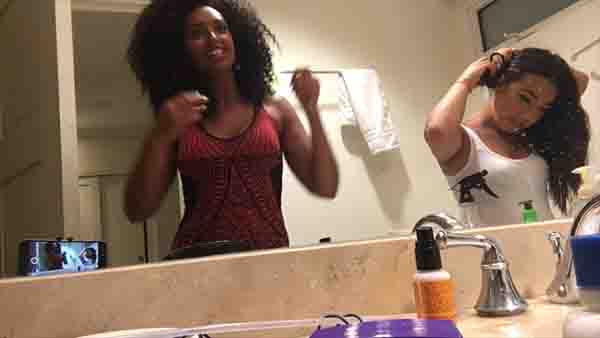
As an African woman, you may face some challenges while traveling with your open natural hair. For example:
a. Time-Consuming Maintenance
Black natural hair requires regular moisturizing and maintenance to keep hair tame and manageable. This means you need to pack additional hair products and tools that can take up space in your luggage.
Also, you’ll need to invest more time in styling your hair, which eats up your traveling time and scales down your exploration.
b. Impact of Weather on Your Natural Hair
Weather can affect the texture and volume of your natural hair, making it challenging to style. Therefore, you need to adjust your hair care routine.
This means you have to research and invest in new products, which adds more hassle to your travel preparations.
c. Not Finding Your Required Hair Products in Different Places
Suppose you forgot to pack an essential hair care product or ran out of the product. In both cases, you have to buy a new product.
But not all countries or cities have the same selection of hair products as your home country. You might have to spend more time searching for similar products, and the new product may also not suit your hair.
Effects of Traveling on Your Hair Health
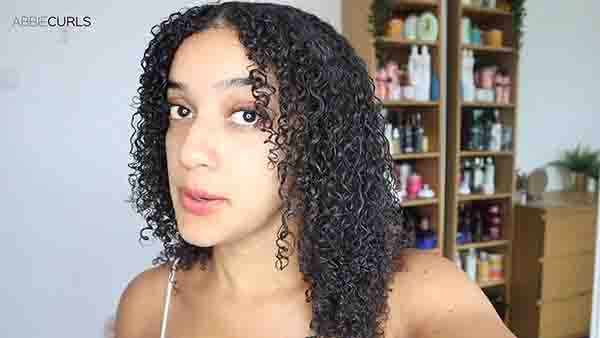
Besides facing these challenges, some factors affect your natural hair health while traveling. Such as:
Climate Change
Exposure to different temperatures and humidity levels can cause hair to become dry, brittle, and fragile.
Besides, your natural hair may not adapt to sudden changes in temperature. Consequently, cause your hair cuticle to expand and contract, which may increase frizziness and split ends.
Transportation to Reach Your Destination
Airplane cabins can make your hair frizzy and dry due to the low humidity. The pressure changes during takeoff and landing can also cause stress on your scalp.
In contrast, your hair is exposed to dust, air-conditioning, stains, and wind in other transports like buses, cars, or trains. This can cause dust to build up on your scalp, making your hair flat or frizzy.
Extreme Sun Exposure
Intense UV rays from the sun can damage the hair cuticle, which promotes dryness, breakage, split ends, and color fading, and breaks hair’s disulfide bonds. Prolonged exposure to the sun can also make your scalp dry and itchy.
Change in Water Quality
If your destination has hard water, it can leave mineral buildup and affect your natural hair’s texture and appearance.
Hard water contains a large scale of magnesium ions and calcium that may react with soap and shampoo. It can lead to dry, dull, and difficult-to-manage hair.
Chemical Exposure
If you travel to beaches, saltwater can strip your hair from its natural oils, leading to dryness and breakage. Besides, swimming in the pools exposes your hair to chlorine, which increases dryness and damages your hair color.
Must Need Hair Tools and Accessories while Traveling with Natural Hair
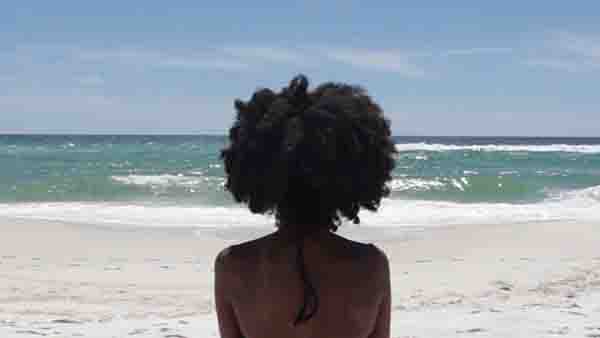
To enjoy your trip with beautiful and healthy natural hair, you must follow a few tips. Such as:
- Moisturizing Hair Products: Moisturizer is the best friend of curly hair texture. Pack moisturizing products, like leave-in conditioners, oils, and creams, to keep your hair hydrated during your trip.
- Wide-Tooth Comb: Don’t forget to carry a wide-tooth comb during your travel. It detangles your hair gently and prevents breakage and damage.
- Satin Bonnet and Silk Scarf: A satin bonnet will protect your hair while you sleep, and a silk scarf will protect your hair from dust and wind while you explore.
- Dry shampoo: Since your destination may have hard water, using dry shampoo will prevent frequent hair washing during travel and prevent damage.
- Sun Protector: Having a hair protector from the sun can save your hair from split ends, expanding hair follicles, damage, etc.
Factors to Consider While Choosing the Perfect Braided Hairstyle for Traveling
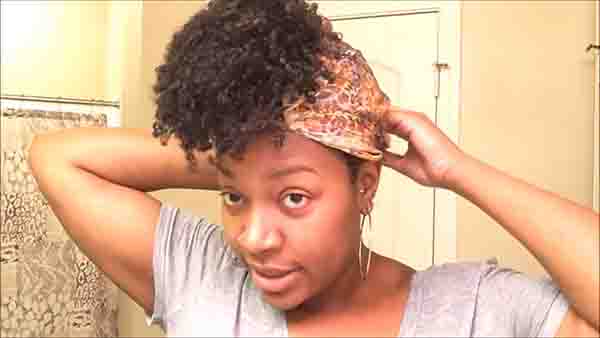
No doubt, your comfort and confidence should be the first priority when choosing a protective hairstyle for traveling. However, you still need to consider some key factors, such as:
Hair Length
Your hair length should determine the type of braids you can get. If you have short hair, you may not do some protective styles like twists. Likewise, you need to consider the weight of the protective style and how it’ll affect your scalp and hairline when you have long hair.
Hair Texture
African hair varies in texture, and each hair texture can hold braids differently. Also, your hair texture determines how long your hair can hold a braided style.
If you have fine hair, consider smaller braids or twists to prevent them from slipping. And larger braids may be more suitable for thick or coarse hair.
Weather Condition
For hot and humid climates, you should consider a style that keeps your hair off your neck and face, for example, a high bun or cornrows.
In contrast, if you travel to a cold and dry climate, you should wear a protective hairstyle that helps you retain moisture in your hair.
Maintenance
Generally, smaller braids tend to unravel and frizz easily compared to large braiding styles. Hence, you need frequent upkeep to keep small protective braids neat.
And large protective braids have less tension on your scalp and can hold styling shape for a long time. Besides, large braids are less likely to unravel or frizz, unlike small braids.
Personal Style Preferences
When you choose your protective style while traveling, consider the type of clothes you’ll wear. Choose a braided hairstyle that reflects your style and complements your facial features.
Benefits of Wearing Protective Hairstyle while Traveling
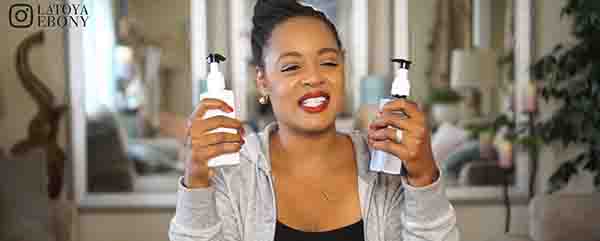
You shouldn’t let your exciting trips damage your natural hair. A protective hairstyle can minimize damage and protect your hair health during trips. Here are the benefits:
- Protective hairstyles can create a shield to protect your hair from environmental damage, like dust, wind, and sun.
- It prevents hair pulling, tugging, breakage, and other manipulation.
- You can boost moisture retention in your hair with a protective style.
- Delicate hair edges remain covered with a protective style, preventing split ends, thinning, and breakage from the edges.
- Reduce investing time and effort in managing and styling hair with a protective style during traveling.
Moisturizing Hair With Protective Hairstyle During Traveling: Product Recommendations and Methods
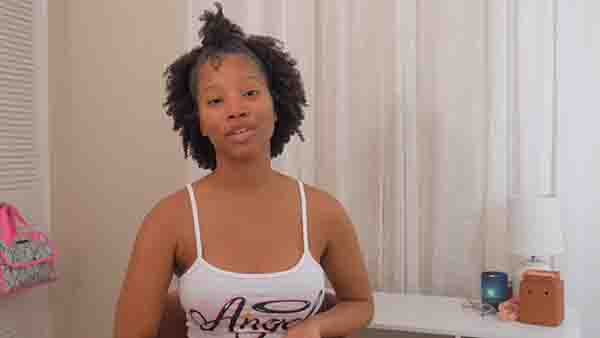
You have multiple options for hair moisturizers with protective styles. Some of the best hair moisturizers are:
- tgin Miracle RepaiRx Protective Leave-In Conditioner
- L’Oreal Paris Elvive Total Repair 5 Protein Recharge Leave-In Conditioner
- African Pride Moisture Miracle 5 Essential Hair Oils
- African Pride Black Castor Miracle Hair & Scalp Sealing Oil
- Locsanity Daily Moisturizing Loc Spray for Dreads
Here are the methods of applying moisturizer on your hair with braids:
- Leave-in Conditioner: Best for moisturizing hair before wearing braids. This will help to keep your hair moisturized throughout your trip.
- Seal in Moisture with Oil: Coconut or Jojoba oil is good for sealing in moisture. It’ll help to prevent hair from drying out while traveling.
- Moisturizing Spray: Look for a spray that contains natural ingredients such as aloe vera or glycerin. Apply the spray whenever your hair needs hydration.
Top Protective Hairstyles for Travel: Minimizing Hair Damage and Ensuring Hair Health
Here are the top 7 protective hairstyles that will minimize hair damage and maintain hair health throughout your tour:
1. Box Braids
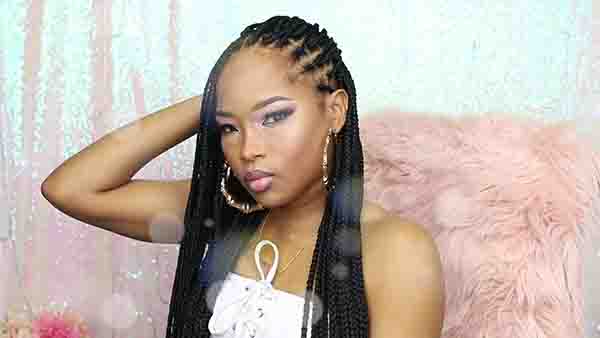
This protective style is considered a top choice while traveling due to its protection, durability, and versatility. You can create various hairstyles with box braids, such as ponytails, updos, half-up buns, etc.
However, box braids can be done with large and small braided strands. There are some differences between these braided strands types, such as:
- Practicality: Large box braids are quicker to install than small box braids. It means you have to spend less time at the salon wearing box braids.
- Maintenance: Small box braids need more maintenance than large ones. Moreover, small braided strands are prone to tangling and high manipulation.
However, the installation time can vary depending on your preferred size and length. It typically takes 4+ hours for thick strands and small box braids and 8+ hours for long and small strand braids.
But the styling versatility and minimal upkeep of your natural hair make box braids worthy of spending all these hours wearing for traveling.
2. Mini Twists
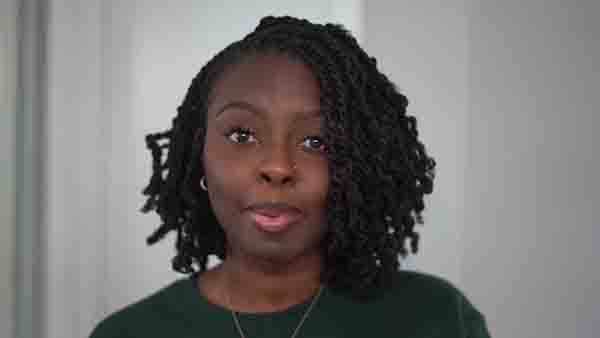
You can wear this style with just your natural hair, which reduces the need for expensive hair extensions. As you’re not adding extra hair, mini twists are lighter and require minimal upkeep than other protective styles.
A potential drawback of mini twists is it doesn’t add any volume or length to your hair. But maintaining mini twists while traveling is seamless:
- Use a satin scarf or bonnet to protect your twists from frizz and unraveling while sleeping.
- Carry a spray moisturizer or non-greasy leave-in-conditioner to have fresh twists throughout the trip.
3. Twists
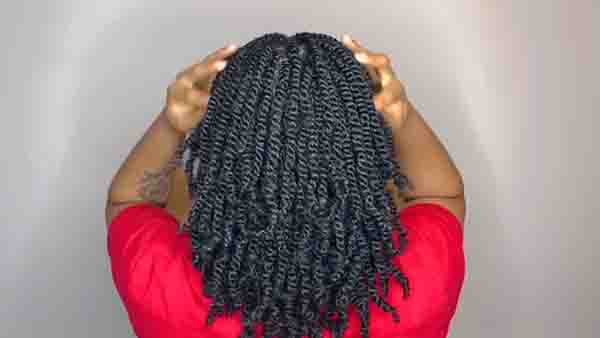
You can wear this affordable and lightweight hairstyle with your natural hair, like mini twists. But there are some drawbacks. For example, exposing some of your real hair and time-consuming installation for thick and long hair.
Thankfully, you can minimize exposure damage, dryness, and breakage by ensuring moisture in your twists. Carrying a travel-sized spray moisturizer allows easy application and maintains moisture balance.
Some tips for maintaining a healthy twist during your trip are:
- Regularly moisturizing your hair
- Avoiding excessive manipulation
- Protecting twists at night with a satin scarf or bonnet.
4. Cornrows
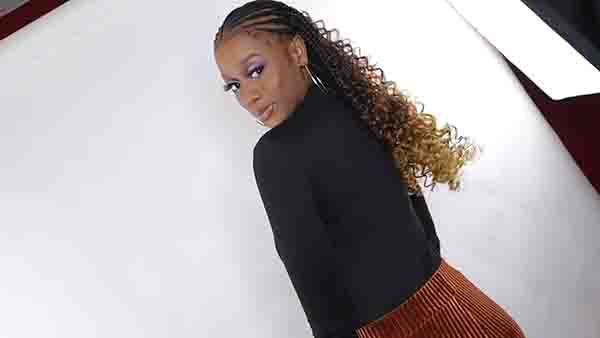
This protective style is installed close to the scalp, which helps to protect your hair from environmental damage and reduce tangling. Besides, cornrows last for 8 weeks and need minimal daily styling.
However, cornrows have limitations in versatility and flexibility. If you choose an intricate pattern, you may not create certain hairstyles. Try attaching small beads, shells, braiding strings, etc., to decorate and enhance the visual appearance of the style.
Moreover, oiling your scalp with cornrows is a must to maintain a healthy scalp and soothe itchiness or dryness. Follow these tips to maintain and prolong the lifespan of cornrows while traveling:
- Avoid excessive pulling or tension on the braids
- Minimize excessive exposure to water, such as swimming or frequent showering
- Regularly moisturize your scalp and hair
- Gently cleanse your scalp while shampooing.
5. Hair Wrap
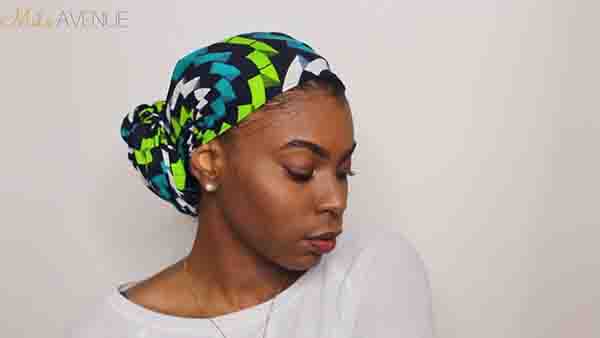
Low maintenance and sun protection are the key benefits of hair wrap. It also protects hair from tangling, wind, dust, and pollution.
You can easily style this protective style into turbans or hair scarves. Moreover, hair wrap requires minimal maintenance, which makes it a travel-friendly protective style.
One of the drawbacks is you need to purchase multiple wraps to match your travel outfit. However, go for silk-lined hair wrap to prevent friction and damage. And the size should allow you to secure hair without tightening.
6. Crochet Curls

The key advantages of wearing crochet curls as a protective hairstyle while traveling are versatility, low maintenance, and a realistic and natural-looking appearance. Leaving some hair in the front will definitely enhance your natural look and draw eyes to you.
However, crochet curls need more attention when you sleep. You must use a silk bonnet and apply moisturizing protection to prevent friction and frizziness. Otherwise, curls will get loose and tangled, ruining the style.
Some other maintenance is:
- Avoid excessive manipulation and limit touching or playing with the curls.
- Use a lightweight moisturizer or curl refresher spray to keep the curls hydrated and defined.
- Protect the curls from excessive sun exposure by wearing a hat or using a UV-protective hair product.
7. Up Do
This protective hairstyle blends well with any travel outfit. The main advantages of this hairstyle are the —
- Secured in one place.
- No tension of tangled, split ends, and frizziness.
- It can be styled with basic hair accessories like scarves, headbands, hairpins, or other elements.
However, humidity, sun, and water damage are drawbacks of Updos. Plus, you need a long time to dry your hair after a shower and restyling at night. You wear a hair wrap to prevent sun damage.
Make sure you choose silk fabric and an accurate wrap size. Patterns of the wrap should also be considered to suit well with your outfit.
Enhancing Appearance and Creating a Travelgram Aesthetic Travel Photos with Braided Hairstyles
Imagine taking your traveling pictures with frizzy, dry, and blown hair. Just thinking about it makes your trip seem valueless, doesn’t it?
Protective hairstyles’ neat and unique look can enhance your overall appearance and make your photos look more aesthetic and visually appealing. In short, the versatility of protective braids is perfect for capturing the spirit of your adventure and exploration.
FAQ
Use a satin scarf or bonnet to shield hair from friction during travel.
Low bun or loose braids can be comfortable for long flights.
Keep makeup simple, hydrate, and choose comfortable outfits.
Braids can be a convenient and comfortable option for flights.
It’s not necessary unless a haircut is already planned.
Yes, knotless braids are a great option for a vacation hairstyle.
Yes, braids are a convenient and low-maintenance choice for vacations.
Wear a hat or scarf to shield braids from sun and saltwater.
Wash braids gently and keep the scalp moisturized.
Choose low-maintenance styles like box braids or Senegalese twists.
Yes, braids can typically be left in for a week with proper care.
Yes, braids can help manage hair in hot weather.
Braids can protect hair from the sun and saltwater at the beach.
Yes, braids can protect hair while sleeping.
Box braids or twists can be great for the beach due to their durability.
Verdict
So, the best protective hairstyles while traveling are box braids, mini and large twists, and cornrows. Other mentioned protective styles are also a convenient choice for traveling but may need a little more maintenance.
However, ensure you moisturize and maintain a night braid care to avoid frizz and loss of shape. Enjoy your travels with confidence and style while ensuring the protection and health of your hair!
